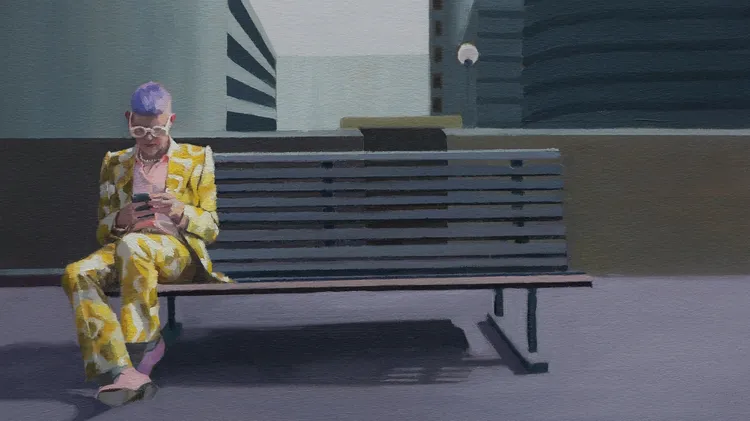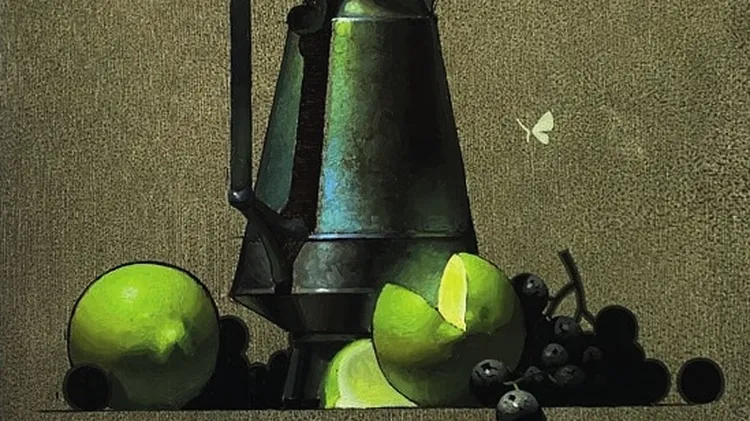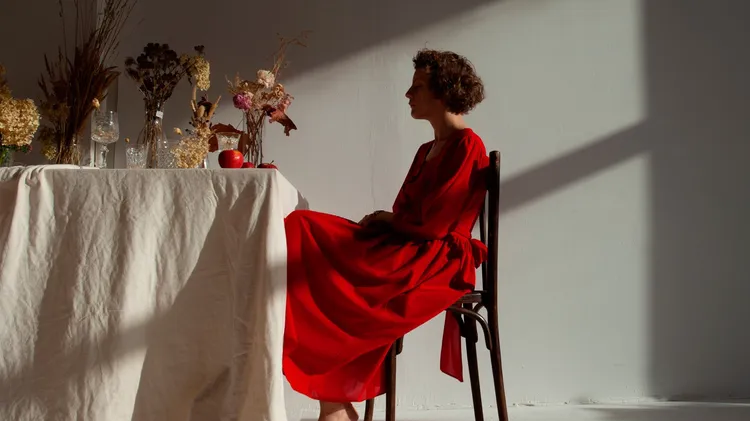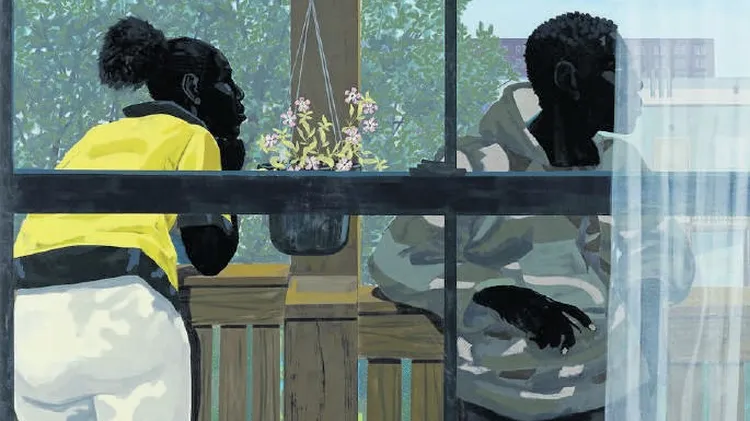This American artist unveils the silent poetry of still life, capturing our worl
Jeffrey hayes
5 min read
This article is from...
Read this article and 8000+ more magazines and newspapers on Readly





